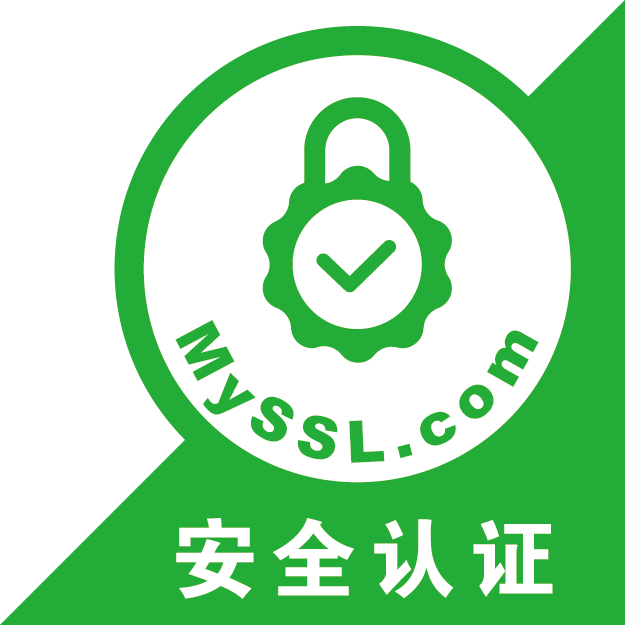悠悠楠杉
Python装饰器:语法精要与应用场景全解析
本文深入讲解Python装饰器的核心语法、实现原理及6大典型应用场景,通过生产级代码示例展示如何优雅地增强函数行为,帮助开发者掌握这一重要编程范式。
一、装饰器本质:语法糖背后的魔法
装饰器(Decorator)是Python中最优雅的语法糖之一,其本质是接受函数作为参数的高阶函数。当我们使用@decorator语法时,实际上正在执行以下转换:
python
@timer
def calculate():
pass
等价于
calculate = timer(calculate)
这种转换揭示了装饰器的两个核心特性:
1. 不修改原函数代码:通过函数包装实现功能扩展
2. 运行时生效:在函数定义时立即执行装饰逻辑
二、基础到进阶:4种装饰器写法
1. 基础函数装饰器
python
def simple_decorator(func):
def wrapper(*args, **kwargs):
print(f"Calling {func.__name__}")
return func(*args, **kwargs)
return wrapper
2. 带参数的装饰器
需要三层嵌套结构:
python
def repeat(num):
def decorator(func):
def wrapper(*args, **kwargs):
for _ in range(num):
func(*args, **kwargs)
return wrapper
return decorator
3. 类装饰器
通过实现__call__方法使类可调用:python
class Trace:
def init(self, func):
self.func = func
def __call__(self, *args, **kwargs):
print(f"Entering {self.func.__name__}")
return self.func(*args, **kwargs)
4. 保留元信息的装饰器
使用functools.wraps解决__name__等属性丢失问题:python
from functools import wraps
def preserved_decorator(func):
@wraps(func)
def wrapper(*args, **kwargs):
return func(*args, **kwargs)
return wrapper
三、生产环境中的6大应用场景
1. 性能监控
python
def benchmark(func):
@wraps(func)
def wrapper(*args, **kwargs):
start = time.perf_counter()
result = func(*args, **kwargs)
elapsed = time.perf_counter() - start
print(f"{func.__name__} took {elapsed:.4f} seconds")
return result
return wrapper
2. 权限验证
python
def requires_auth(role='user'):
def decorator(func):
@wraps(func)
def wrapper(request, *args, **kwargs):
if not request.user.has_role(role):
raise PermissionError()
return func(request, *args, **kwargs)
return wrapper
return decorator
3. 缓存加速
python
def memoize(max_size=100):
cache = OrderedDict()
def decorator(func):
@wraps(func)
def wrapper(*args):
if args in cache:
return cache[args]
result = func(*args)
cache[args] = result
if len(cache) > max_size:
cache.popitem(last=False)
return result
return wrapper
return decorator
4. 请求重试机制
python
def retry(max_attempts=3, delay=1):
def decorator(func):
@wraps(func)
def wrapper(*args, **kwargs):
attempts = 0
while attempts < max_attempts:
try:
return func(*args, **kwargs)
except Exception as e:
attempts += 1
if attempts == max_attempts:
raise
time.sleep(delay)
return wrapper
return decorator
5. 上下文管理器集成
python
def with_database(func):
@wraps(func)
def wrapper(*args, **kwargs):
with DatabaseConnection() as conn:
return func(conn, *args, **kwargs)
return wrapper
6. 类型检查(结合typing)
python
def typechecked(func):
annotations = func.annotations
@wraps(func)
def wrapper(*args, **kwargs):
for name, value in kwargs.items():
if name in annotations and not isinstance(value, annotations[name]):
raise TypeError(...)
return func(*args, **kwargs)
return wrapper
四、避坑指南:3个常见问题
装饰器顺序问题:
python @decorator1 # 最后执行 @decorator2 # 先执行 def func(): pass装饰类方法时的
self问题:
python def method_decorator(func): @wraps(func) def wrapper(self, *args, **kwargs): # 正确处理self参数 return func(self, *args, **kwargs) return wrapper装饰器导致的调试困难:
- 使用
@wraps保留元信息 - 避免过度嵌套装饰器(不超过3层)
- 使用
五、设计模式视角
装饰器模式实现了开放-封闭原则:
- 对扩展开放(通过装饰器添加功能)
- 对修改封闭(不修改原始函数)
与继承相比,装饰器提供了更灵活的横向功能扩展能力,特别适合:
- 日志记录
- 权限控制
- 性能监控
- 缓存处理等横切关注点





